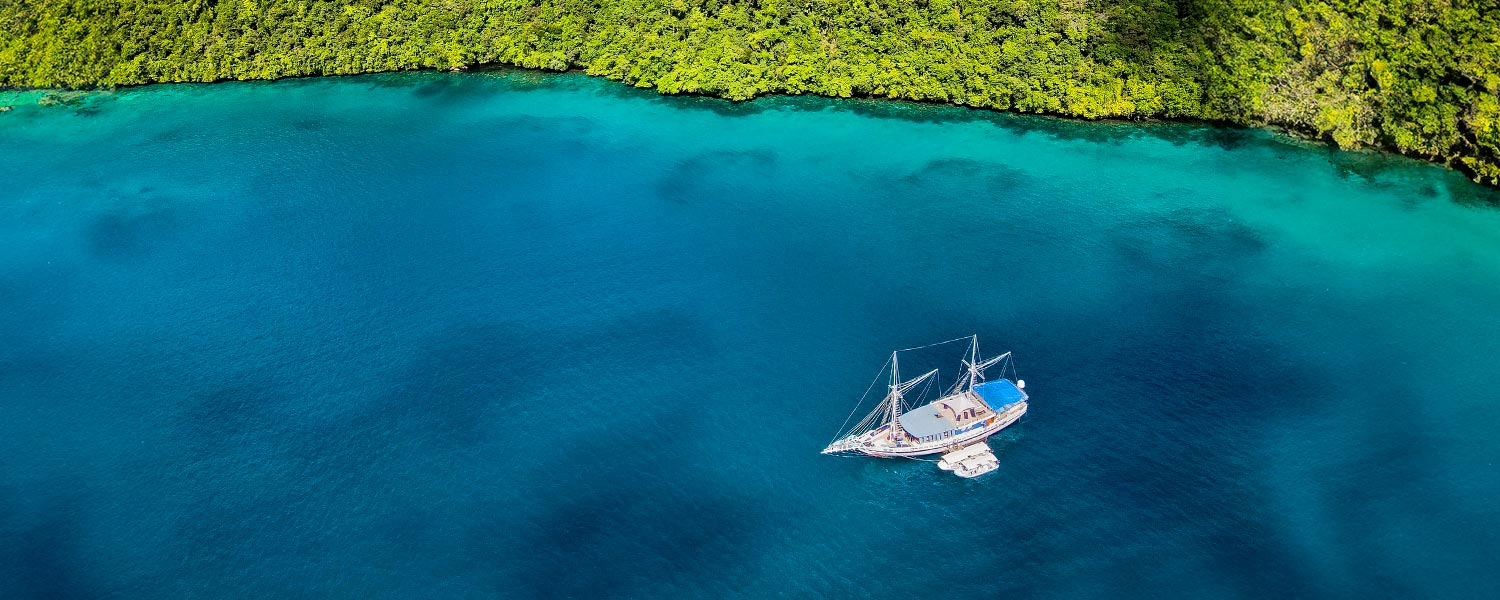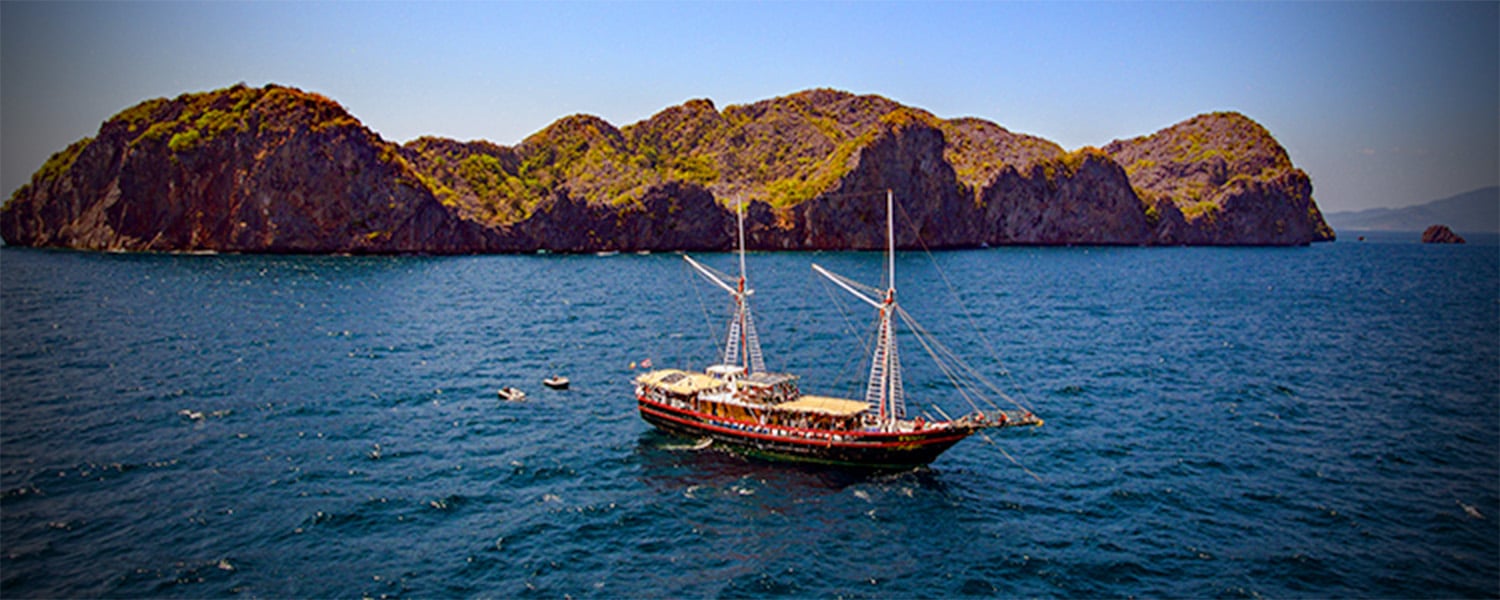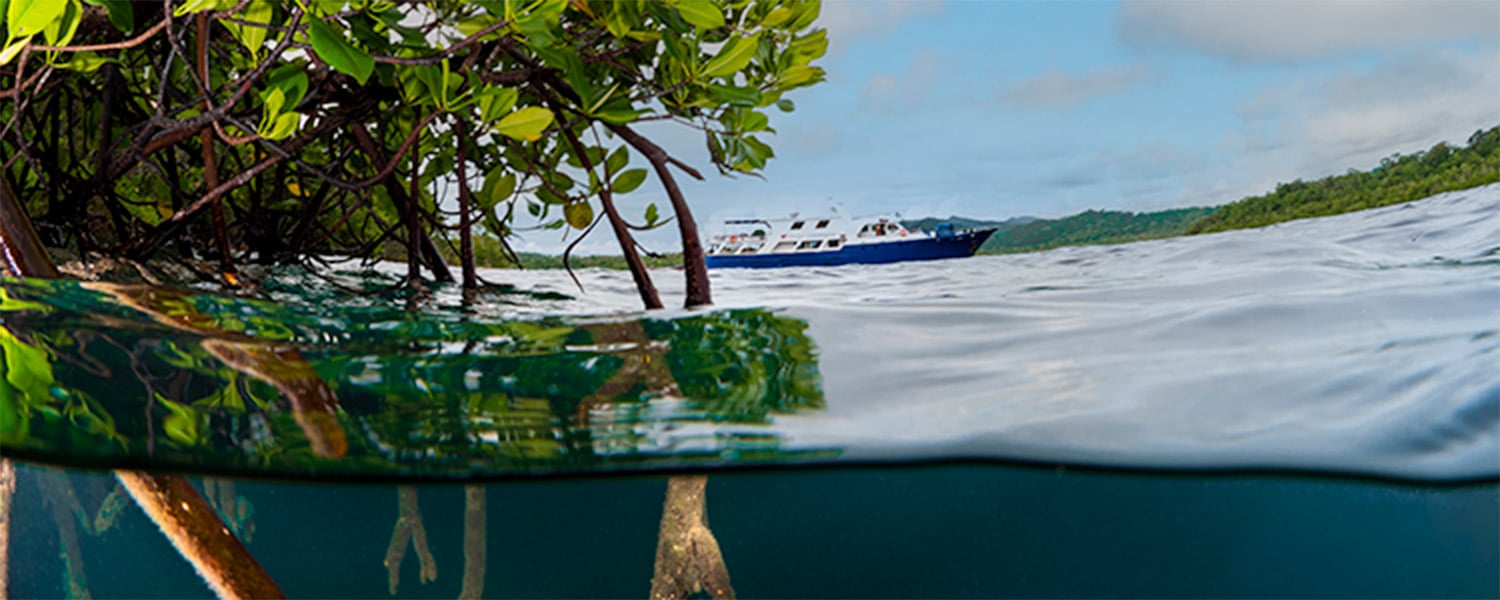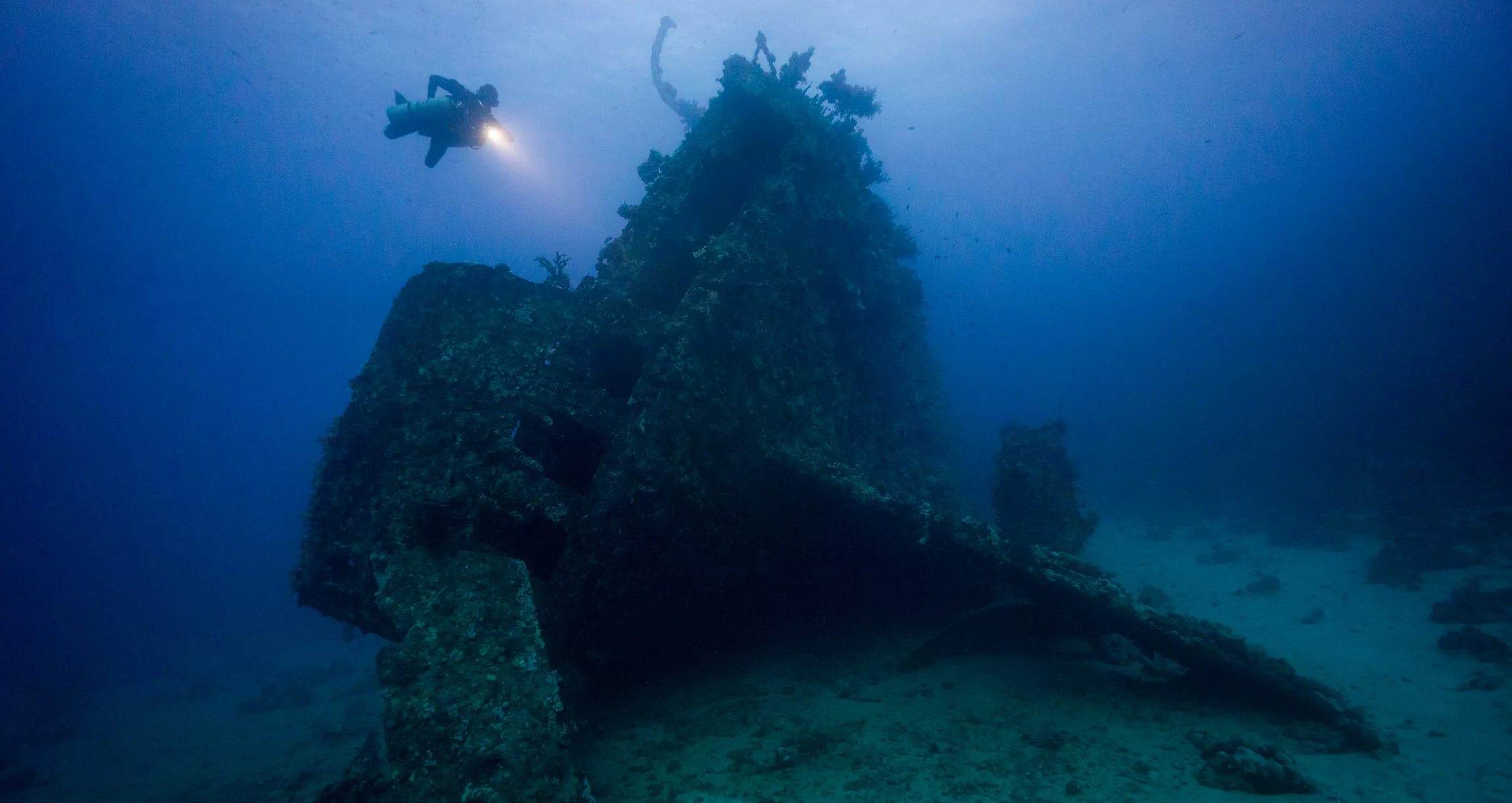The more you know about each Truk Lagoon wreck, the more you will get out of your liveaboard holiday. Today, we are exploring an iconic wreck: the Fujikawa Maru.
Quick facts

| LENGTH | 132 meters |
| GROSS TONNAGE | 6938 tons |
| DEPTH AT THE BOTTOM | 34 meters |
| DEPTH MAIN DECK | 18 meters |
| DEPTH AT SHALLOWEST POINT | 9 meters |
| ACCESSIBILITY | All levels of divers |
Birth of the Fujikawa Maru
The ship was originally built in 1938 for the Toyo Kaiun Kisen Kaisha company based in Japan. This company provided cargo and passengers services across the Pacific. They covered routes between North America, South America and India.
In 1940, the Japanese government requisitioned and seized most of the vessels they could get their hands on for the war effort. The Imperial Japanese Navy converted this particular vessel, one of 10, as a transport vessel, both for materials and personnel.
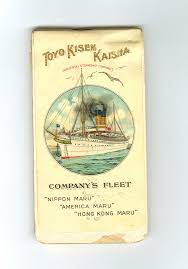
War-time
Fujikawa Maru was based under the command of the 11th Fleet as part of the Air Flotilla 22. Her main task was transportation duty, including the delivery of planes and aircraft parts to island bases. During her conversion to a military vessel, the navy fitted her with six inch bow and stern guns cannibalised from old cruisers which had last seen action during the Russian Japanese war. She also had anti aircraft guns mounted on her boat decks close to the bridge wings.
Over the course of the war, she participated in the Midway operation and also operated in the Aleutians, Rabaul, Tarawa, the Marshall Islands, and Yokosuka.
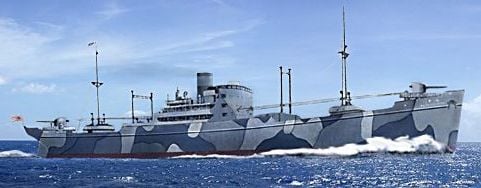
On 12th September 1943, a torpedo fired by the United States submarine ‘Permit’ hit the Fujikawa Maru as she was on her way from Truk Lagoon to Kwajelein. She managed to head back to Truk before returning to Japan for her proper repair. Torpedo bombers from the aircraft carrier USS Yorktown hit her again on 5th December 1943. She suffered minor damages this time and so the navy decided to take her to Truk Lagoon to undergo repairs once again. She was back in service in January 1944 and continued her missions of ferrying aircraft all around the Pacific.
On 17th and 18th February 1944 she was hit repeatedly by US bombers and torpedo bombers as part of Operation Hailstone. A torpedo struck her first, dropped by aircraft from the USS Bunker Hill. She was injured, but not yet fatally. Photographs show that the ship was still afloat the next morning.
Dive bombers from the USS Essex scored a direct hit with a 1,000 lb. bomb on the port quarter, and three near misses before the ship was reported to be on fire and smoking. The final attack was by two USS Monterey planes that reported a huge explosion from one or two of their torpedoes launched against the ship. The Fujikawa Maru finally went down early on 18th February at approximately 7:15am.
Diving the Fujikawa Maru today
The Fujikawa Maru lies close to Eten Island. She is “the wreck” of Truk lagoon and is a must-dive site. She sits upright on her keel on the sea bed at 30m/110ft. Her deck is at 18m/60ft and the top of the superstructure at 9m/30ft.
As you descend, very often the first sight will be the large six inch gun at the bow. This deck gun was produced by the British manufacturer, Elswick Ordnance Company for the Japanese Navy following the 1895 Sino-Japanese war. The builder’s plaque on the gun is still visible indicating its British manufacturer, serial number (12469) and the date of production – 1899.
The holds
Right behind the gun, you will find the forward hold. And this is definitely worth a visit! It contains huge amounts of ammunition and disassembled Zero fighter planes. There is also a rare A5M “Claude” fighter plane in pieces; there are very few examples of that model in the world nowadays. The planes are all in pieces but it is very easy to see how they would all fit together: fuselages, propellers blades, wheels, wings, nose cones and tails assemblies.
There is excellent access to the engine room and storage and work areas. The engine room is a very complete and surprising part of this wreck. You can swim along the metal companionways and go up and down the ladders: it feels very real. All the gauges and instruments are still there, tools lie all or are neatly hanging on the bulkhead. Most of the machinery still looks intact and one machine shop contains one of the most iconic “characters” of Truk Lagoon; R2D2. He is actually an air compressor.
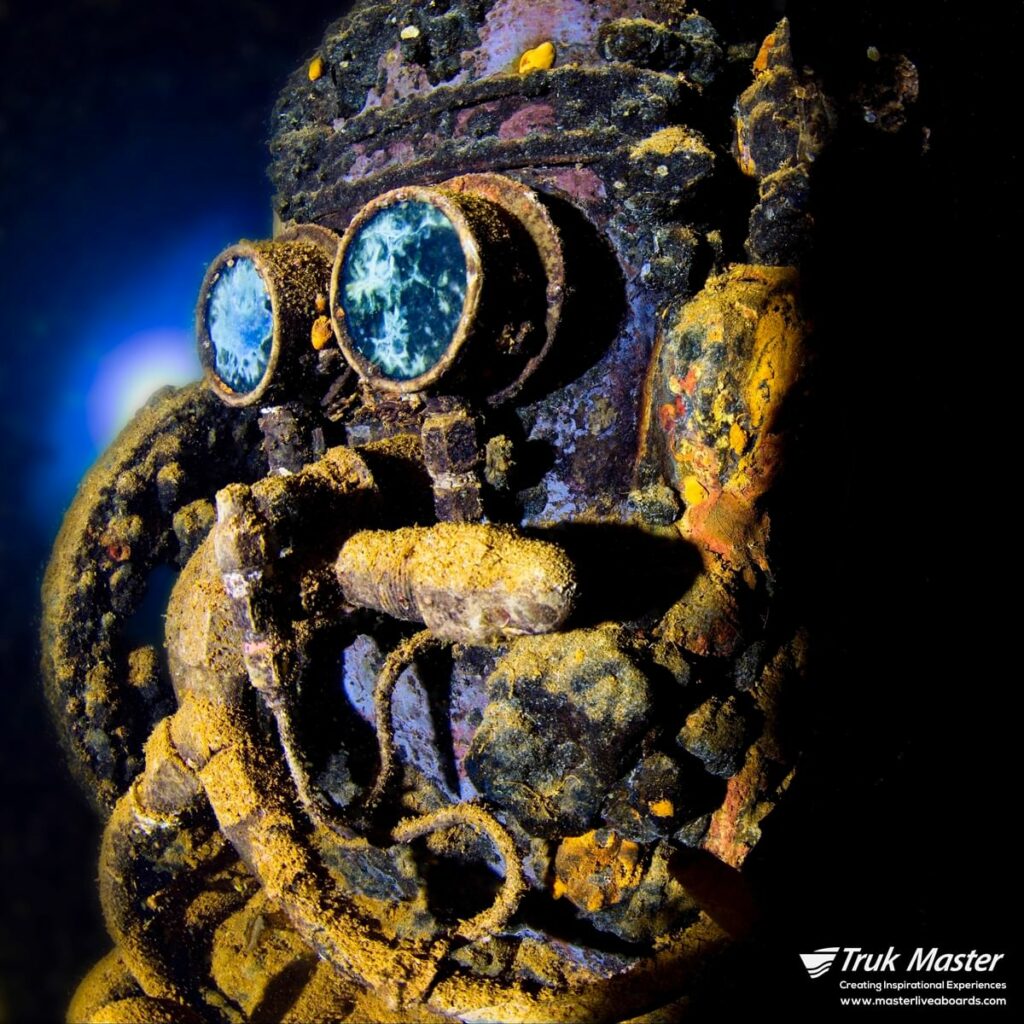
The second hold contains as much treasure as the first. There is a cockpit of a Zero fighter plane ready to be put together, complete with its dials and switches. And of course: tons of ammunition!
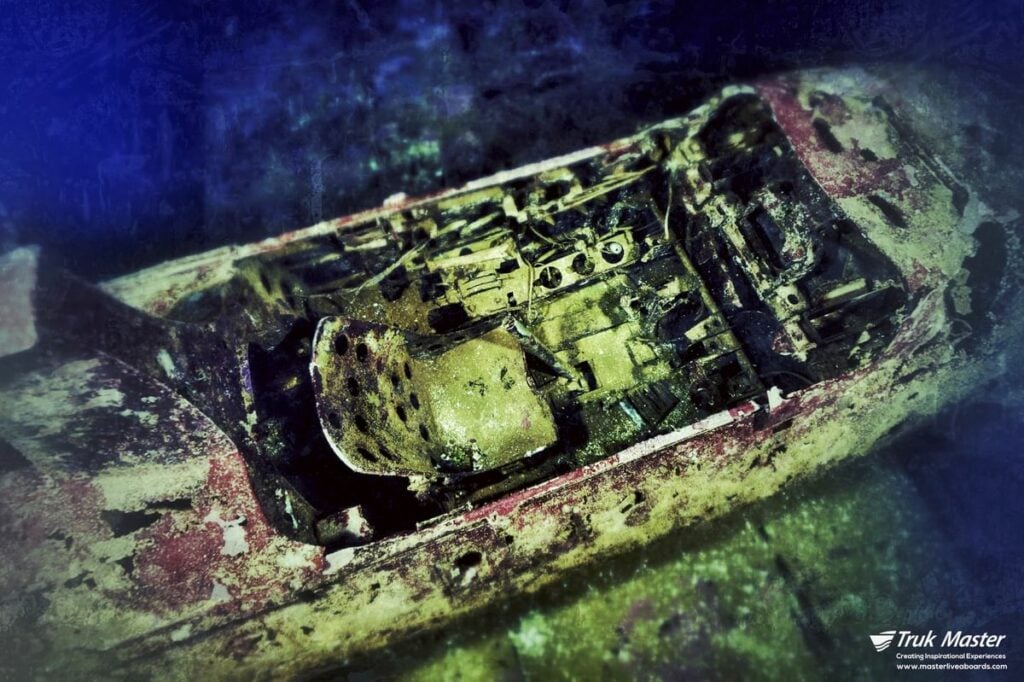
Artifacts and more
Working your way towards the stern, the superstructure is readily accessible with pilothouse, baths, staterooms, and galley. The bridge has been partially blown away but the order telegraph is still waiting for its instructions. Around this area, you will also be able to explore the galley which has a large coal burning cooking hob with various pots and pans lying around. Further along the passage is a bath house with tiled baths built up from the deck. There is also a row of urinals.
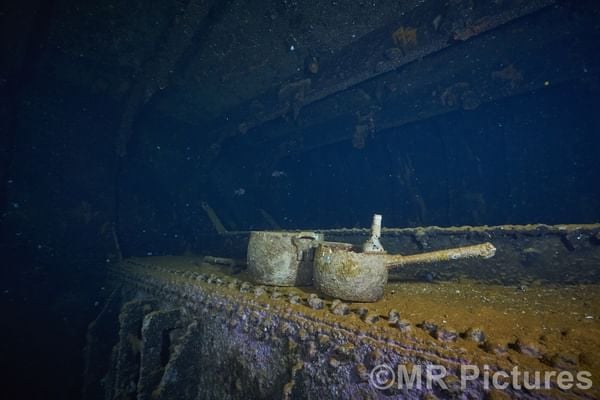
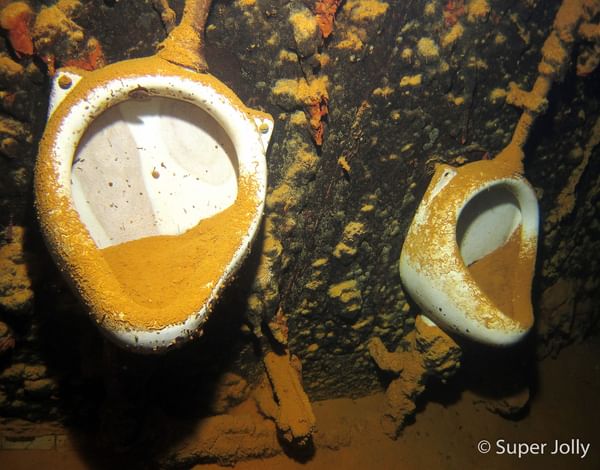
It is also a wreck where you can find tons of artifacts; old bottles and small plates with the initials T.K. (Toyo Kien), bowls, old gas masks, boots, and brass lamps.
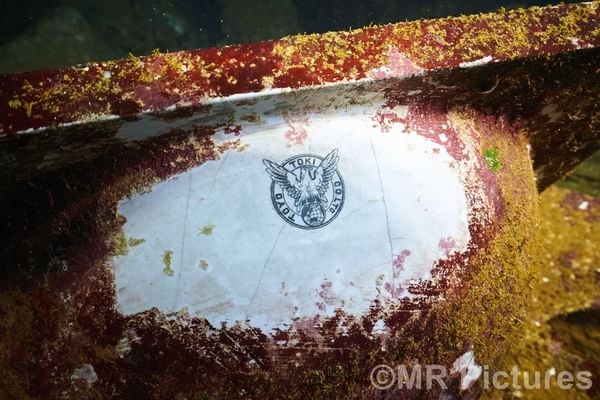
And more?
To make it all better, the coral and marine life on the wreck is stunning. Pink and white soft corals and sponges cover the Fujikawa Maru. Schools of tuna and smaller fish circle the wreck, and a large barracuda often seems to be standing guard over the bow gun. Overall, there is an abundance of rich colorful corals and schools of reef fish that you can see while diving on this wreck..
On the deck, a plaque dedicates the preservation and respect of the Fujikawa and other wrecks in the lagoon.
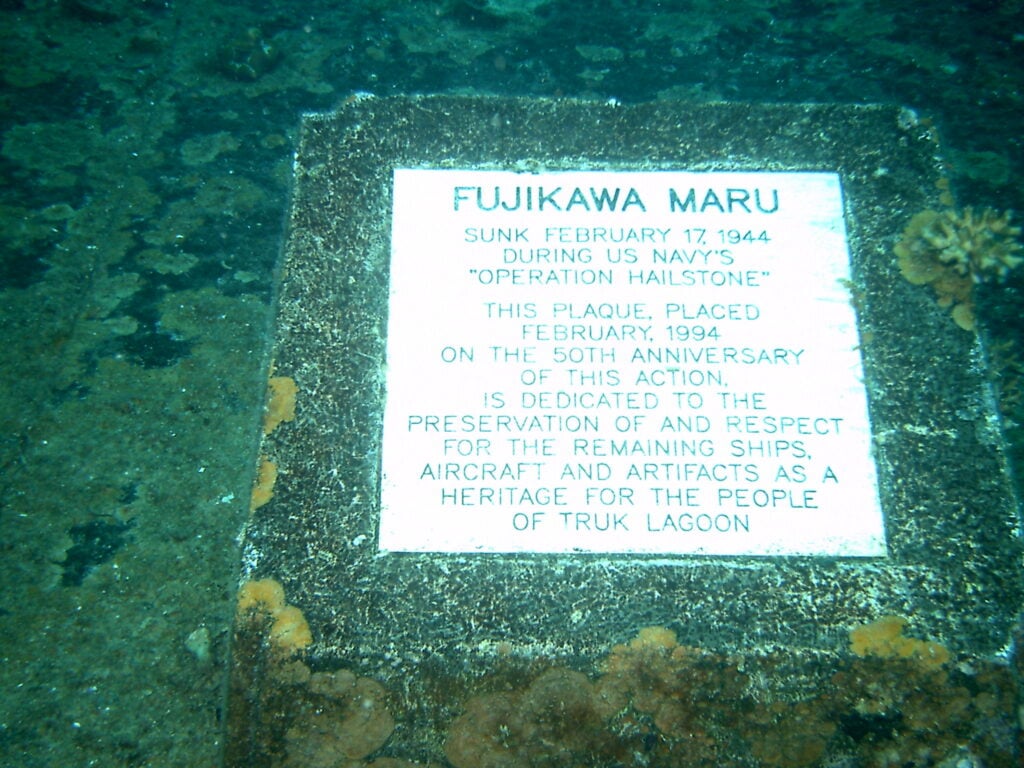
While other wrecks may be larger or have more war features, very few can match the beauty of this dazzling shipwreck.
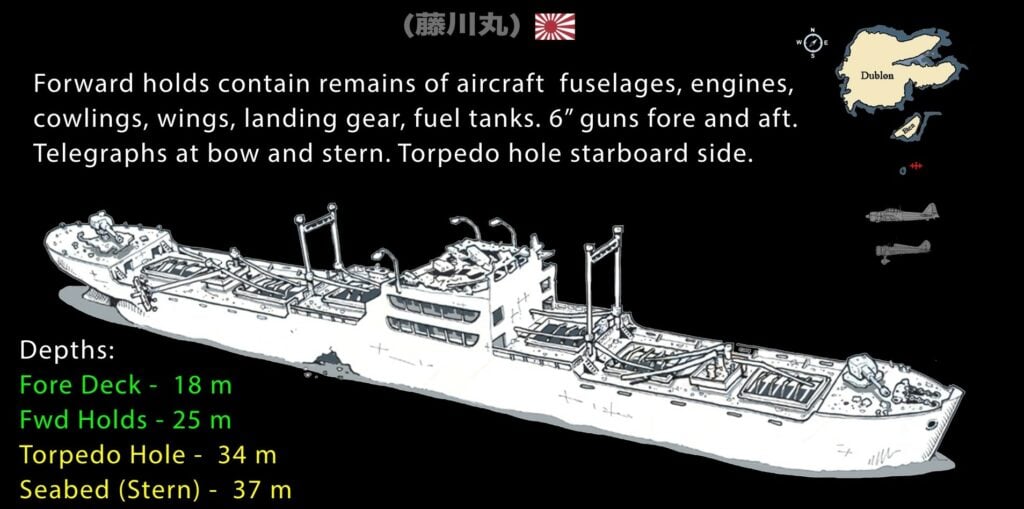
For more information about diving the Fujikawa Maru and other shipwrecks of Truk Lagoon, please contact us.
